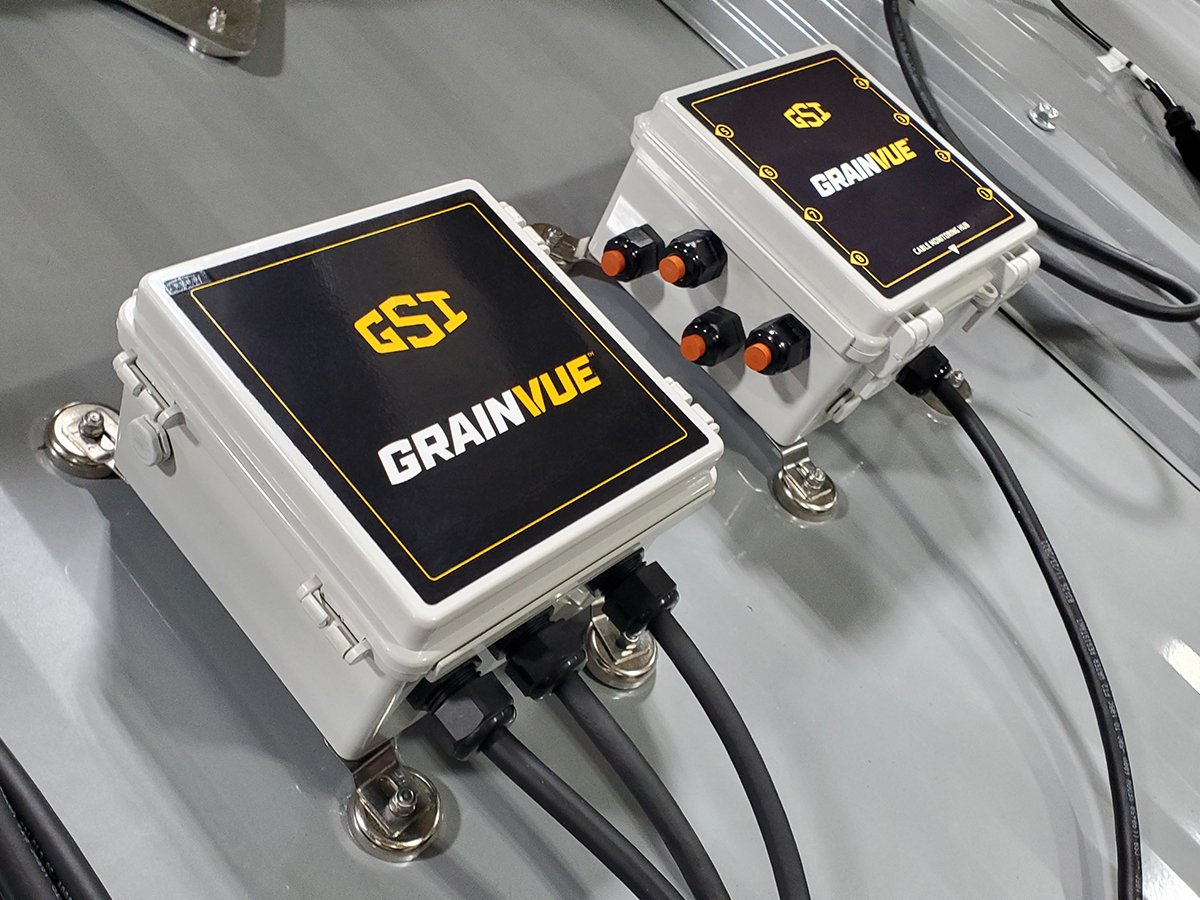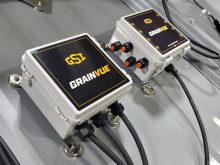I am often asked why we need all the electronic controls in our cars. After all, they don’t always work well during our winters, they are expensive to fix because we can no longer do the work at home and it just doesn’t seem right to do a tune up with a laptop instead of a wrench and a screwdriver.
The answer is complicated, but at the root of it are government mandated emission standards, fuel economy standards and power train control. Auto manufacturers’ ability to satisfy our demand for more power is a side benefit.
Read Also

GSI’s GrainVue allows for remote grain bin monitoring
GSI’s GrainVue bin monitoring system allows producers to monitor grain conditions inside the bin and automate any drying, cooling or aerating that is needed to keep grain in peak condition.
Electronics can be broken into two main categories, luxury and power train.
On the luxury side, the 10-or 12-way power seats, along with the triple zone climate control, are all computer controlled. The gearshift for your automatic transmission is electronic. That is what allows paddle shifters to be put on the steering column. The shifting programs
installed by the company control the timing of the shifts. To achieve federal government
standards, cars must be lighter than ever because a lighter vehicle means better fuel economy and acceleration. Weight loss carries through to the printed circuits in the dashboard, as well as the electric gauges and even the wiring harnesses themselves. By reducing the weight of a vehicle by 4.5 kilograms, engineers can decrease fuel consumption by .1 litre per 100 kilometres.
If losses from power steering and water pumps can be eliminated, that frees up horsepower to be used at the rear wheels for fuel economy and better acceleration.
Going electronic here can improve fuel economy by up to .5 litres per 100 km.
When emission standards and Corporate Average Fuel Economy first came in, our measuring equipment was good to parts per million, so that is how the standards were set. When technology enabled us to measure parts per billion, standards were rewritten.
The ppb standards meant the end of carburetors and a change to fuel injection. The computing power required to control fuel injection and ignition fit into a small container usually tucked under the dash.
The computing power under the hood was more than what was used to control the Apollo spacecrafts.
Once engineers turned to figuring out the combustion process, the computer became even more important. If you put the precise amount of fuel into the combustion chamber with the proper amount of air and ignited it at exactly the right time, you got increases in fuel economy and in horsepower.
Now the limiting factor became the camshaft, so variable valve timing came into being. The practical effect of changing the cam timing, and in some cases the cam profile, was that it gave fuel economy when driven normally and provided power at higher engine speeds.
These improvements created a problem with repair costs. There were no standards in place so the government launched a requirement for a standardized On Board Diagnostic system, which became known as OBD I.
As systems progressed and added more computer controls, OBD II came into being and remains in use today.
The more engineers worked on a problem, the more likely they were to solve it by using electronics to take control away from humans.
You can no longer flood an engine by pumping the throttle because the computer won’t send fuel to the injectors unless the engine is running.
Distributors are no longer needed since individual coils sit on each spark plug and sensors are the crankshaft for precise firing of each coil.
Transmissions haven’t escaped such controls either. The new dual clutch automatics use computer controlled shifting to keep shifts soft and luxurious, or crisp and sporty.
Either way, the controls make sure that the vehicle will get better fuel economy than the same model equipped with a manual transmission.
The list goes on and will continue to evolve.
As consumers, we can learn about and adapt to the electronic systems in our vehicles and enjoy the benefits of fuel economy and power, or we can bypass the equipment and ignore the potential savings to the environment.
If enough of us do that, then fairy tales in the future will start with “Once upon a time there was air that you couldn’t see.”
Charles Renny is an automotive columnist and a member of the Automobile Journalists Association of Canada.














